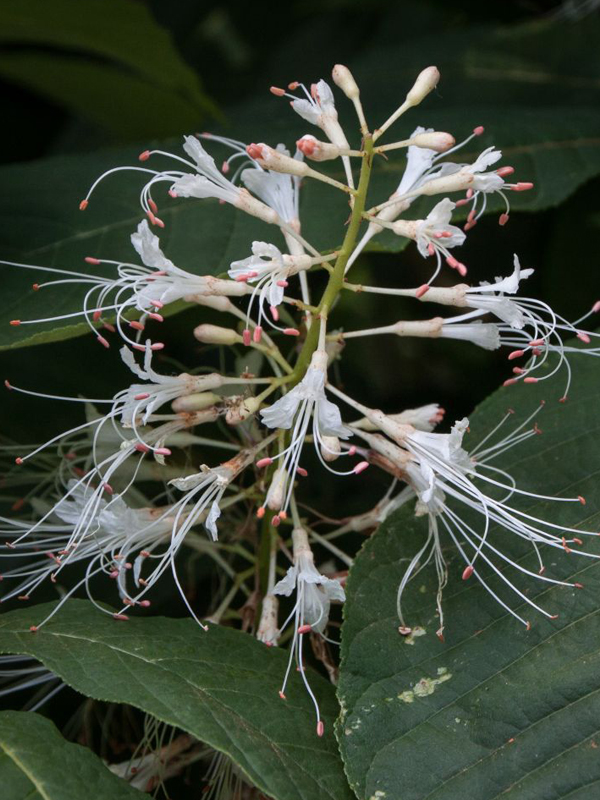Everyone can use a little privacy in their garden from time to time. After all, a garden is a place to retreat from the outside world, a place to sit and sip coffee, read a book, do some yoga, bird-watch, or simply rest and relax. The garden is a place to rejuvenate.
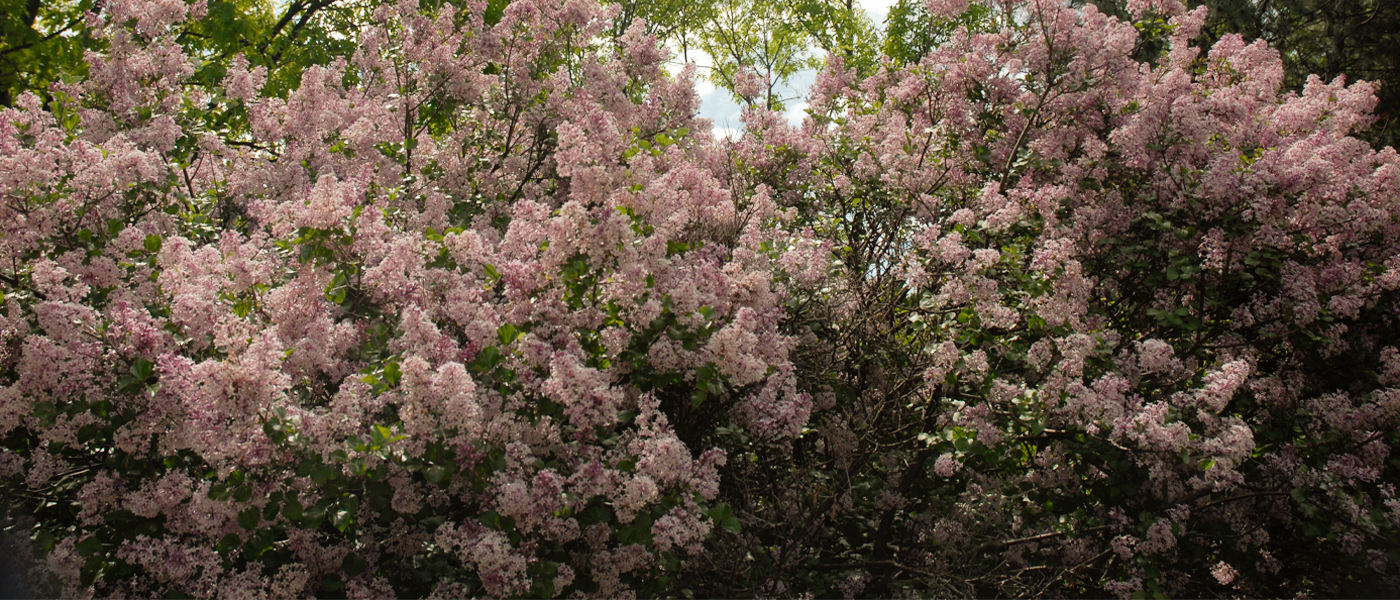
A tall solid fence can block views into a garden, but it can also make the space feel confined. That’s where shrubs come in—they can form a living fence that changes through the seasons. Shrubs are low-growing woody plants that tend to be less than 20 feet tall. They produce multiple branches from the base of the plant.
While evergreens like boxwood, yews, and junipers provide a year-round screen, other shrubs, such as lilacs, weigela, and hydrangeas, offer spring or summer flowers. Come autumn, common witch hazel and viburnums create show-stopping color as their foliage changes to golds, reds, and yellows. Some shrubs provide shelter and food for birds. Glossy black chokeberry, Northern bayberry, sumac, red chokeberry, and spicebush are just a few colorful shrubs that provide birds with tasty fruits come winter.
A shrub border need not be made of the same type of plant. Consider mixing flowering shrubs and evergreens or mounding and vertical plants to create a contrast. Here are some underused shrubs for screening the garden. You can search our plant finder for more shrub ideas based on your garden’s sunlight, moisture, and soil conditions.
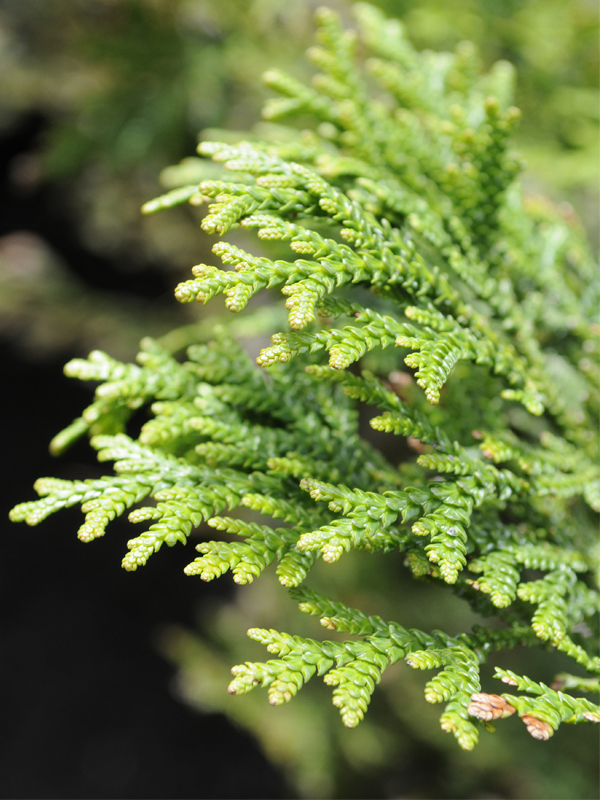
Green Giant Western Red Cedar
Thuja plicata ‘Green Giant’
There are many arborvitaes that are used for screening, but Western red cedar is a bit different—it’s deer resistant. The cultivar ‘Green Giant’ is a narrow, fast-growing evergreen that can be sheared to keep it in bounds if necessary. These shrubs are best grown in moist, fertile, well-drained soils in full sun to part shade. To create a screen, plant the shrubs about 6 feet apart. You can find several varieties at the Garden—some that are heavily sheared and some that are small and compact.
Bottlebrush Buckeye
Aesculus parviflora
One of the nicest flowering shrubs for midsummer is the bottlebrush buckeye. Its big, beefy leaves look tropical and the spectacular upright, creamy flower panicles can be a foot long. The flowers produce glossy inedible nuts (buckeyes), thus the plant’s common name. This shrub forms a dense mass and grows 6 to 12 feet tall. Over time, the shrub produces suckers that continue to expand the width of the plant. As fall arrives, the leaves turn a bright yellow. A bonus—this native shrub has no serious disease or insect problems and deer tend to leave it alone.
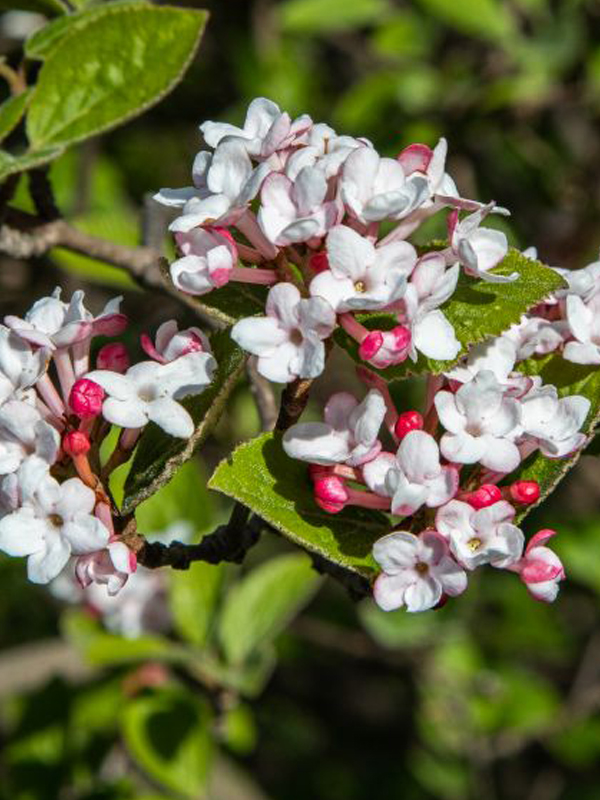
Koreanspice Viburnum
Viburnum carlessii
By early April, the red flower buds on Koreanspice viburnum unfurl to pink petals that gradually turn white. But it’s the exceptional almond-vanilla fragrance that’s the icing on the cake for this plant. Just one shrub can perfume the garden for a week or more. The flowers produce berry-like drupes that turn blue-black in late summer. The leaves in fall can be a muted red or wine-red to burgundy. This multi-tasking shrub can reach 8 feet but typically matures at 4 to 5 feet tall. It prefers average to rich, moist, loamy soil with some afternoon shade. Once established, this is a low-maintenance, attractive plant.
Panicle Hydrangea
Hydrangea paniculata
One of the most popular flowering shrubs right now is the panicle hydrangea. Depending on the cultivar, they can range from 5 to 15 feet tall. The flowers look like upside-down ice cream cones up to a foot long in creamy shades that may turn pink or tan later in the season. The dried flowers can be left on the plant until the following spring, or cut and used for indoor arrangements or outdoors in winter containers with evergreen branches and red twigs.
The impressive flowers are produced on new wood so the plants can be pruned in spring to keep them within bounds if needed. Newer cultivars like ‘Firelight’ and ‘Vanilla Strawberry’ offer cream-colored flowers that turn medium to deep rose in late summer.
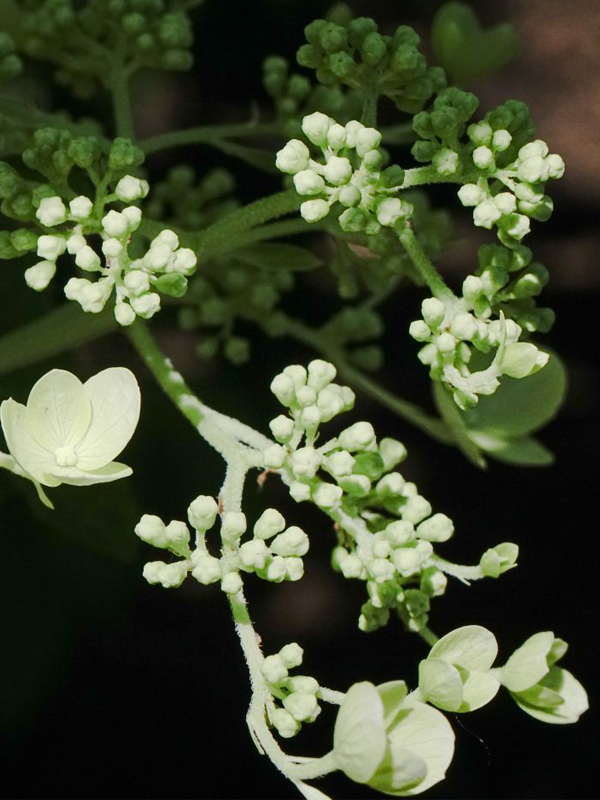
Common Witch Hazel
Hamamelis virginiana
Common witch hazel is a native shrub that’s particularly dramatic in late autumn to early winter when it unfurls its spidery yellow flowers. Little else is in bloom at that time. On frigid days, the flowers curl into a ball and unfurl when the temperature rises. This allows them to survive temperatures that would kill other, less-hardy blossoms. These shrubs can reach 6 to 15 feet tall or more with upright or spreading branches depending on the variety.
Common witch hazel does best when placed in partial shade and provided with well-composted organic matter. The plants are very disease-resistant and make an effective screen or backdrop. Little pruning is necessary but it may be done in spring.
Nina Koziol is a garden writer and horticulturist who lives and gardens in Palos Park, Illinois.



